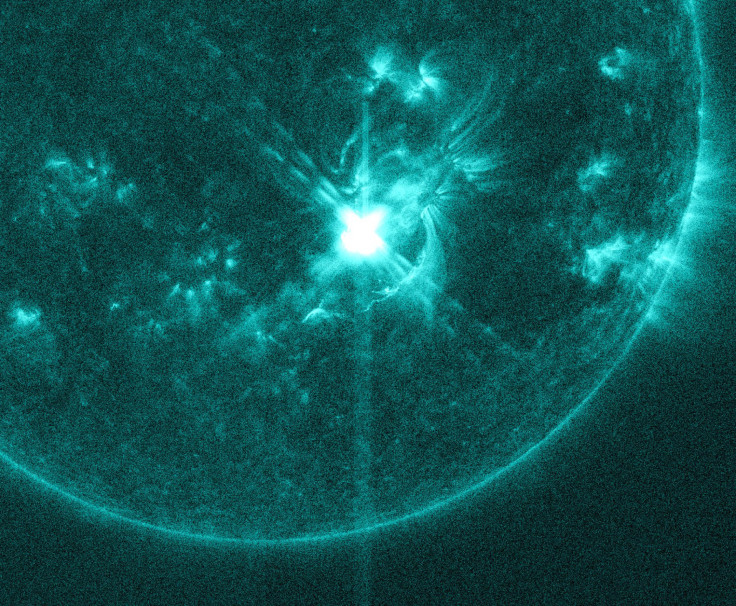Solar Max Nears: Sun’s Magnetic Fields Expected To Flip Soon, 22 Solar Flares In The Last Two Weeks
Solar physicists are getting ready for an event of such magnitude that it will affect the entire solar system. The sun’s magnetic fields will flip, the poles reversing in polarity, and the event signals the halfway point of Solar Max, the peak of solar activity.
Solar physicists from Stanford University have been tracking the reversal of the sun’s magnetic fields since the summer. At that time, the sun’s north pole had already changed it sign, from negative to positive, and researchers expected the south pole to change its sign in the coming months, projecting the event to occur by the end of the year. The flipping of the magnetic fields is a normal part of the solar cycle and would mark the midpoint of Solar Cycle 24 as well as the peak of solar maximum.

According to the researchers from Stanford, the magnetic field reversal occurs every 11 years but little is known about the process behind the event. The researchers are currently observing the surface of the sun and the migration of sunspots. Sunspots are areas of magnetic activity, appearing as dark spots, and they soon spread across the sun, eliminating the previous charge as it makes it way to one the poles.
Todd Hoeksema likens the event to the tides of the ocean. Hoeksema said in a statement, “Each little wave brings a little more water in, and eventually you get to the full reversal.” The heliosphere, or the area of the sun’s influence, stretches well beyond Pluto and the reversal of polarity could lead to changes such as an increase in auroras on Earth to increased storming on Jupiter. The sun’s current sheet, also known as the heliospheric current sheet, is a wavy structure that stretches “billions of kilometers beyond Pluto,” reports NASA.
The current sheet carries an extremely tiny current but there is a lot of it, considering the size of the structure. The sheet’s shape is altered by the reversal and that change could lead to an increase in space weather, notes NASA. Earth may be shielded from cosmic rays, if it is within the current sheet, or exposed to these high-energy particles. Cosmic rays could affect Earth’s climate, astronauts in space as well as orbiting satellites.
According to the researchers, the strength of the next solar cycle could be predicted based on the strength of the magnetic fields. Hoeksema said they knew Solar Cycle 24 would be a weak one after measuring the strength of the polar magnetic fields two to three years ago.
The reversal of polarity also leads to an increase in solar activity, such as flares and coronal mass ejections. Recently, the sun has been quite active, producing seven X-class, the highest intensity, solar flares, including one on Nov. 10, since Oct. 23. There have been 41 M-class solar flares since Oct. 12, reports the Space Weather Prediction Center.
© Copyright IBTimes 2024. All rights reserved.






















